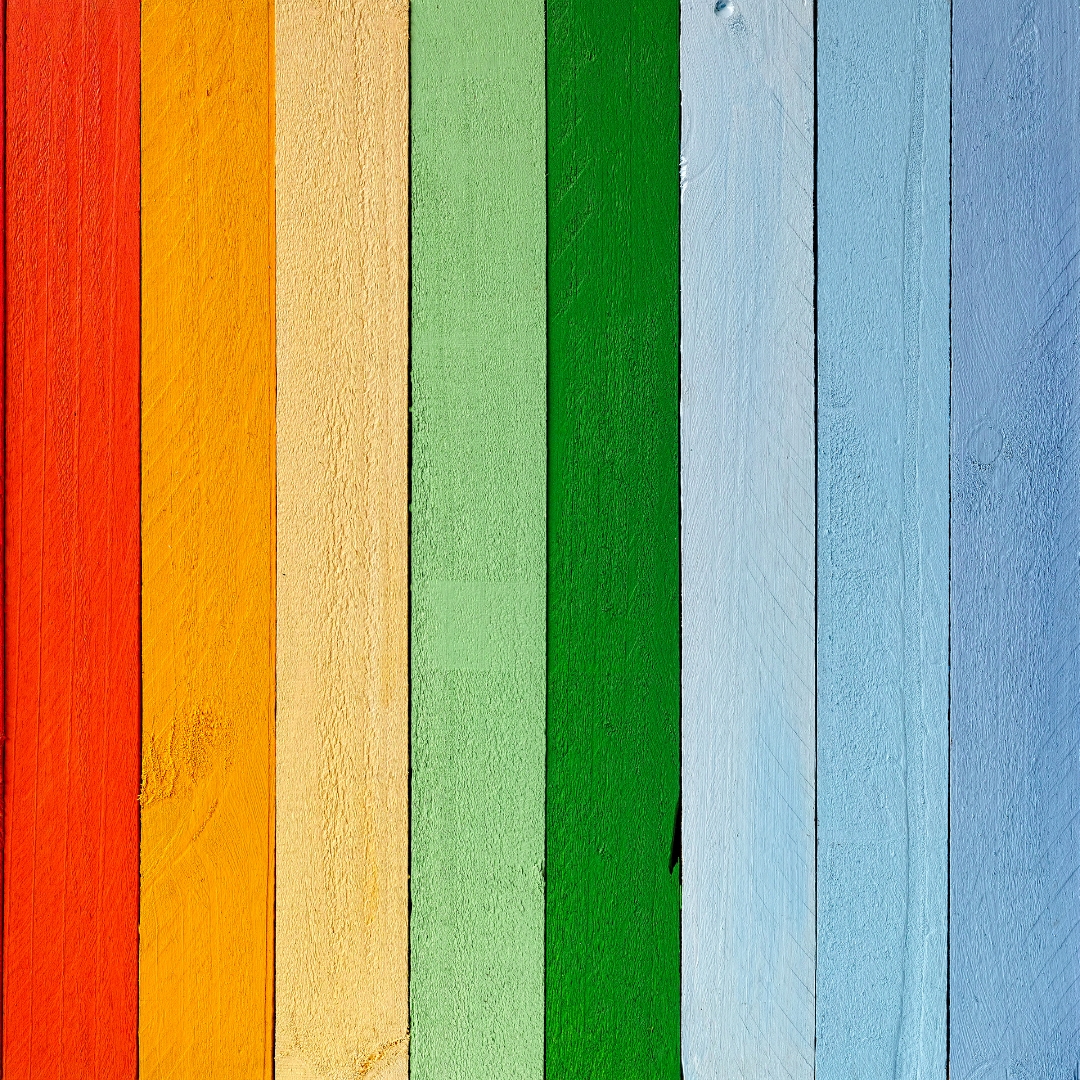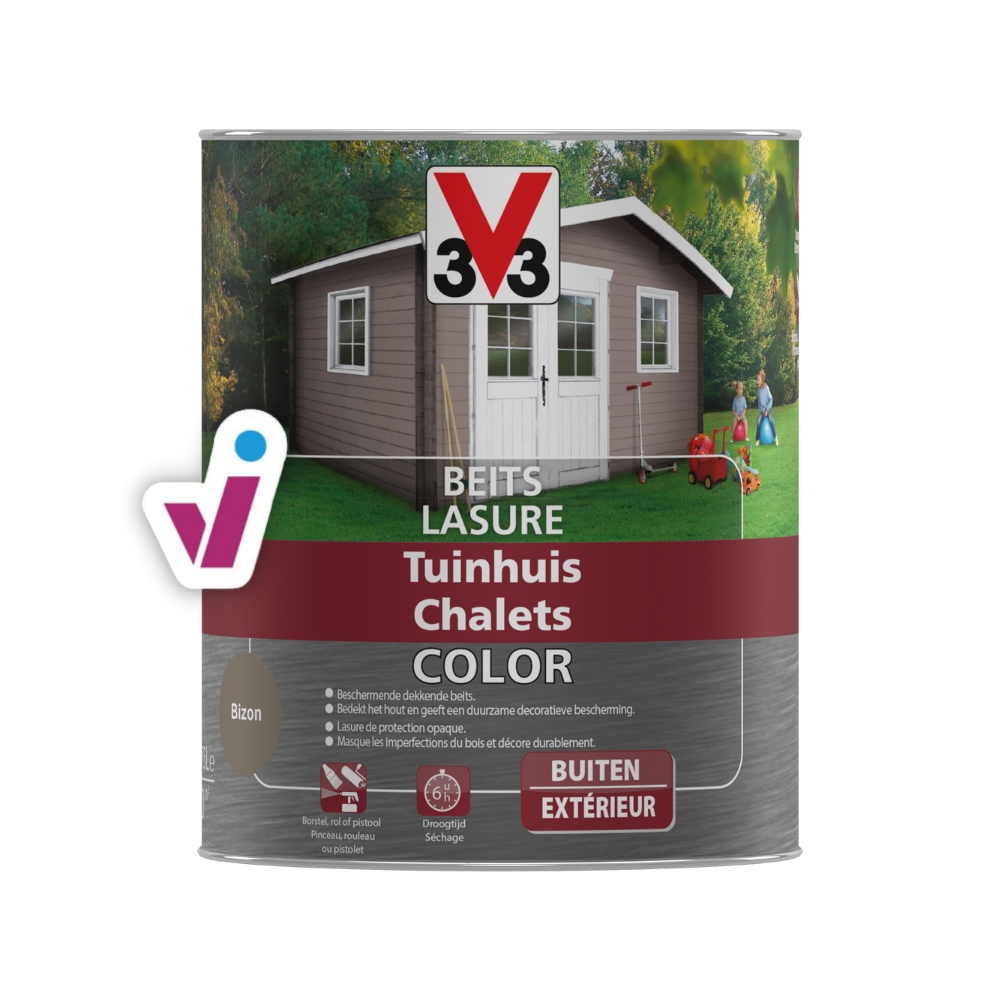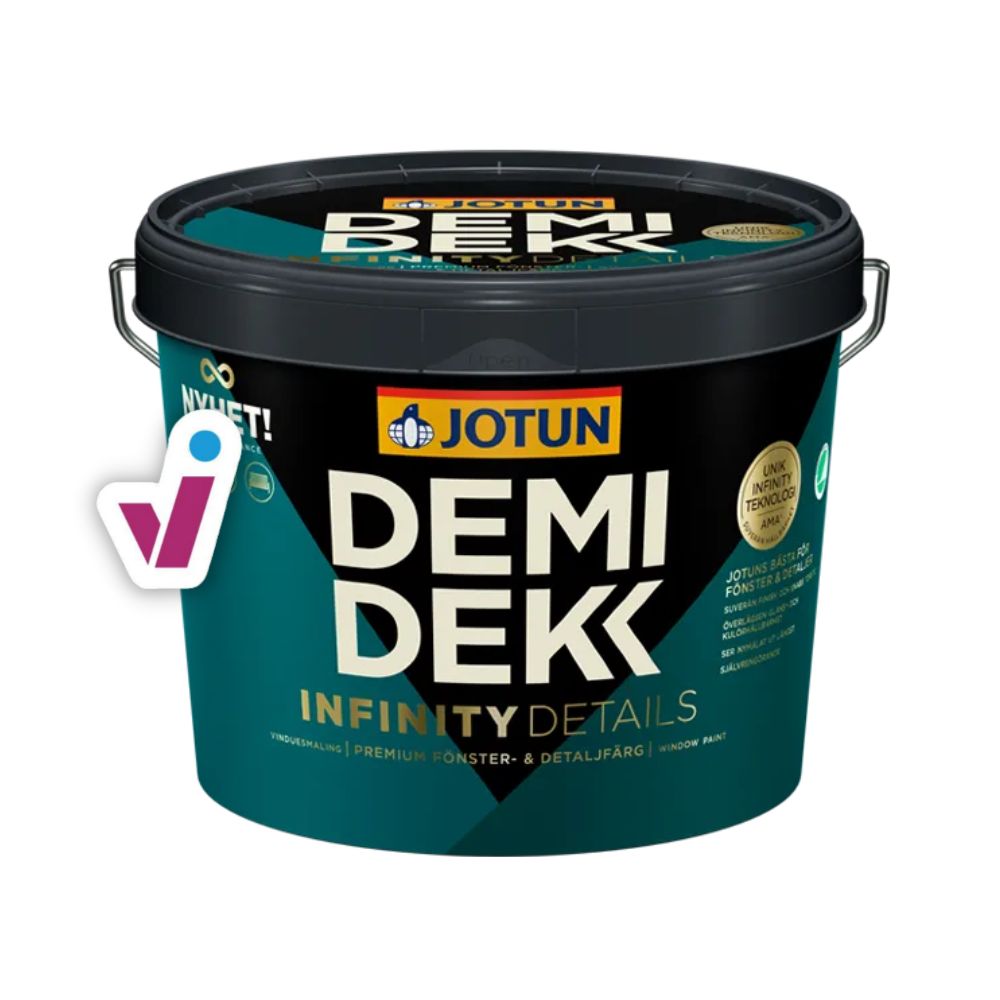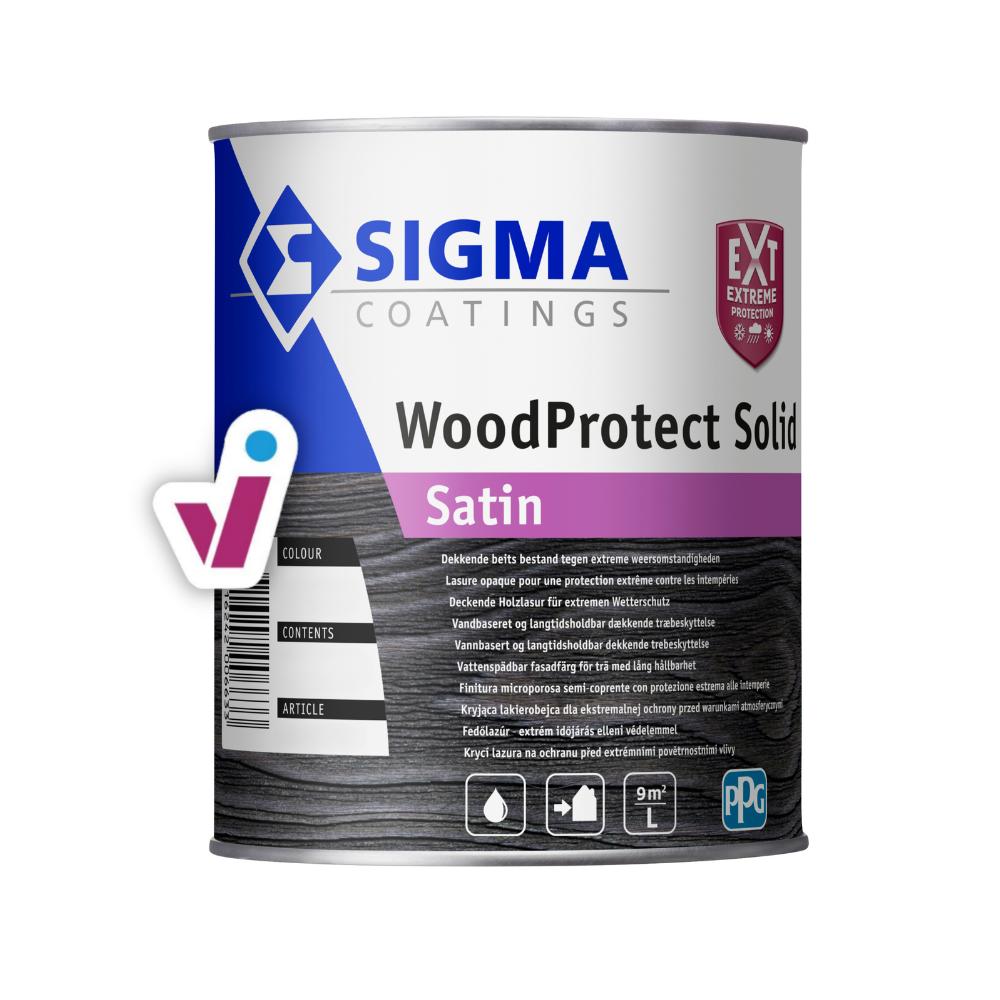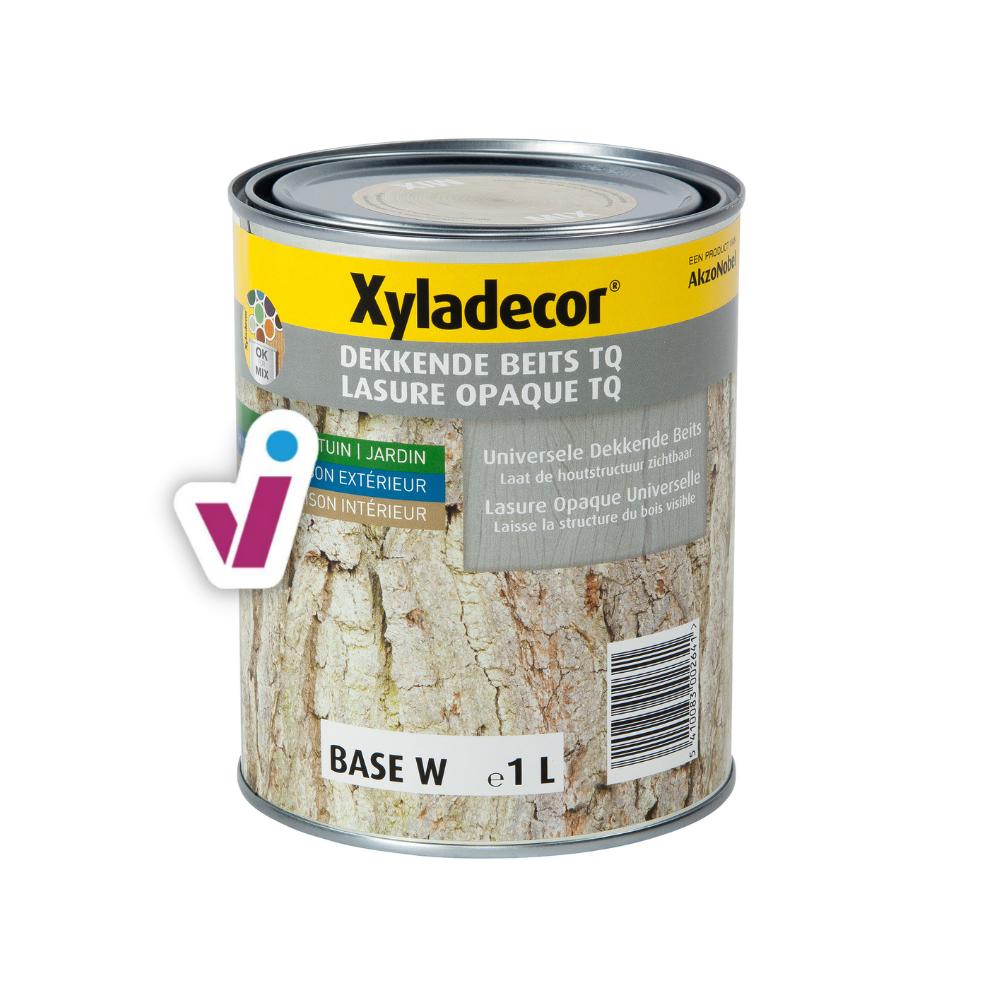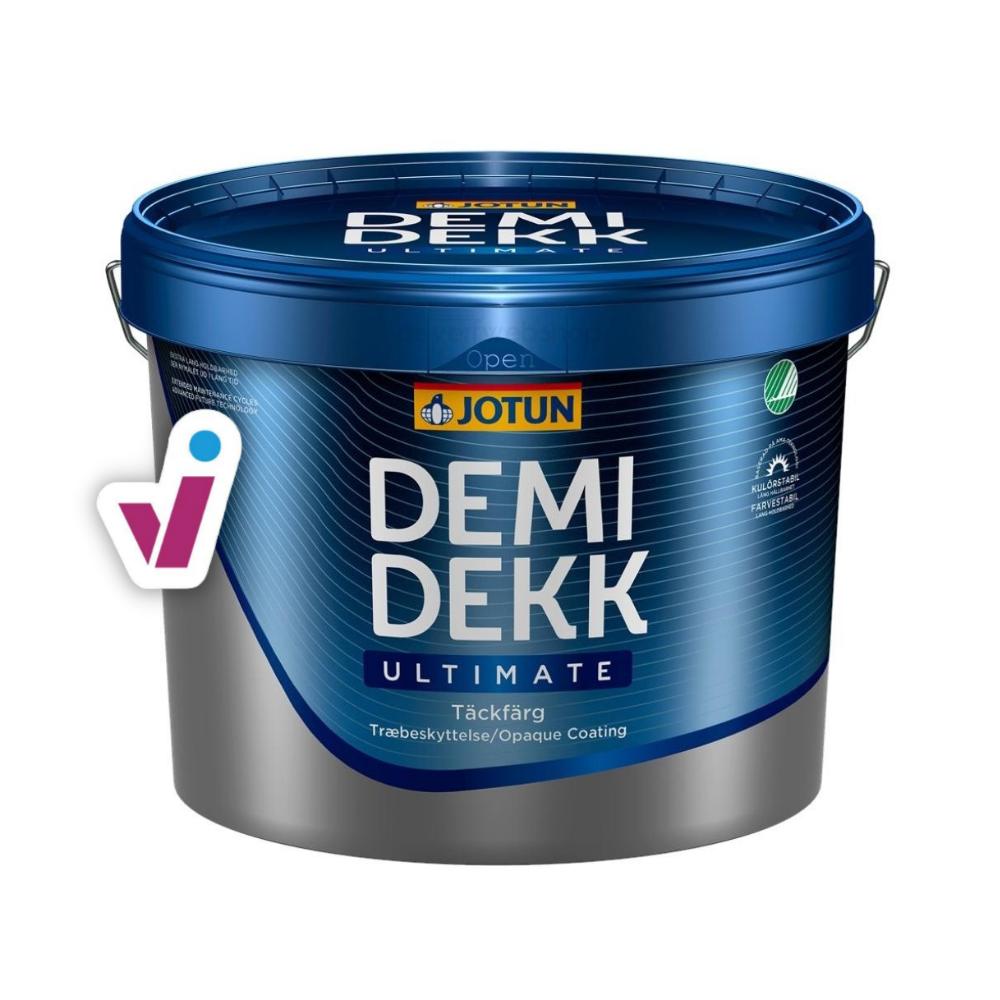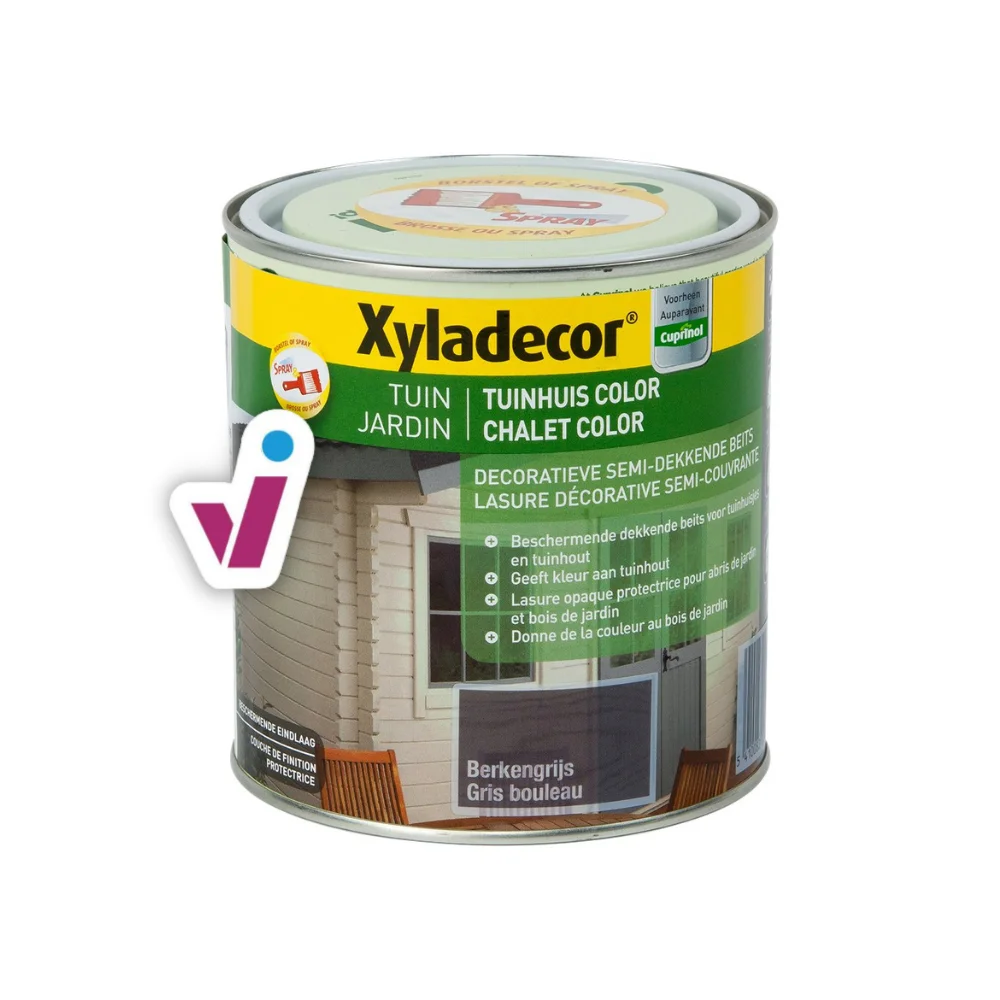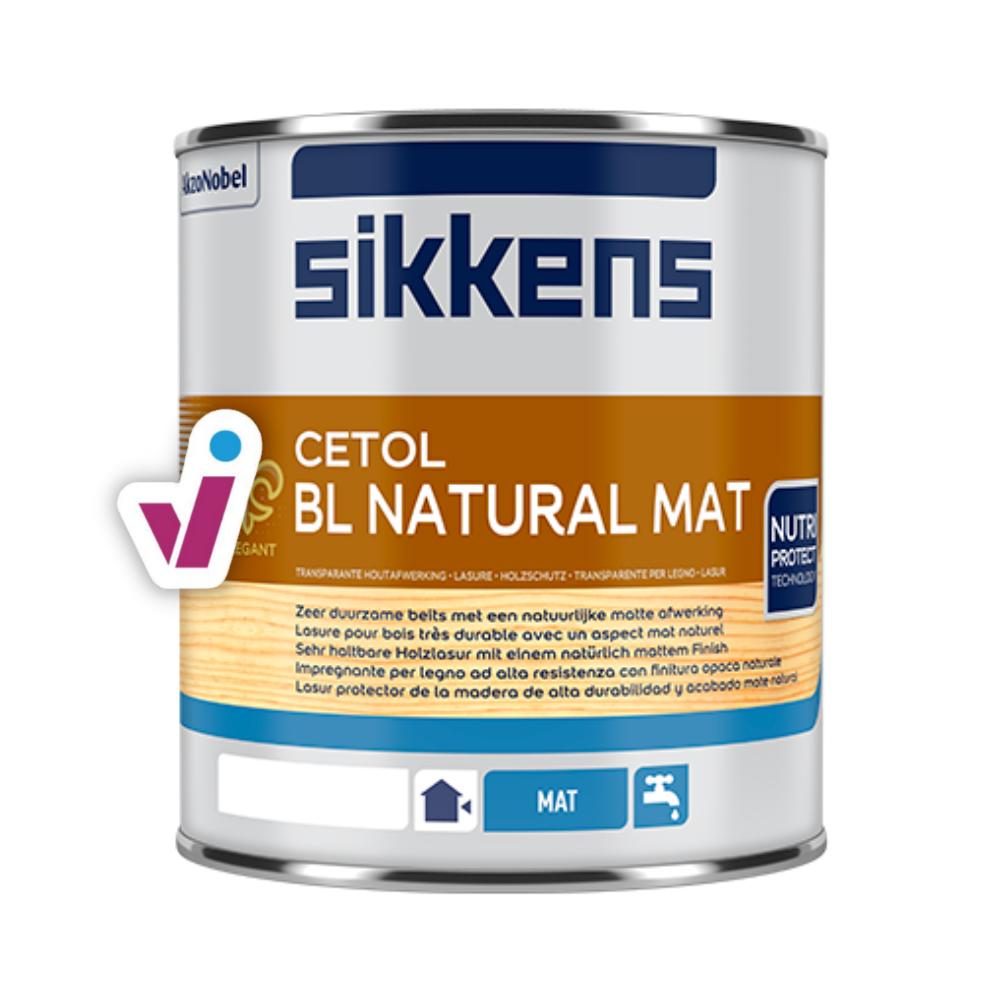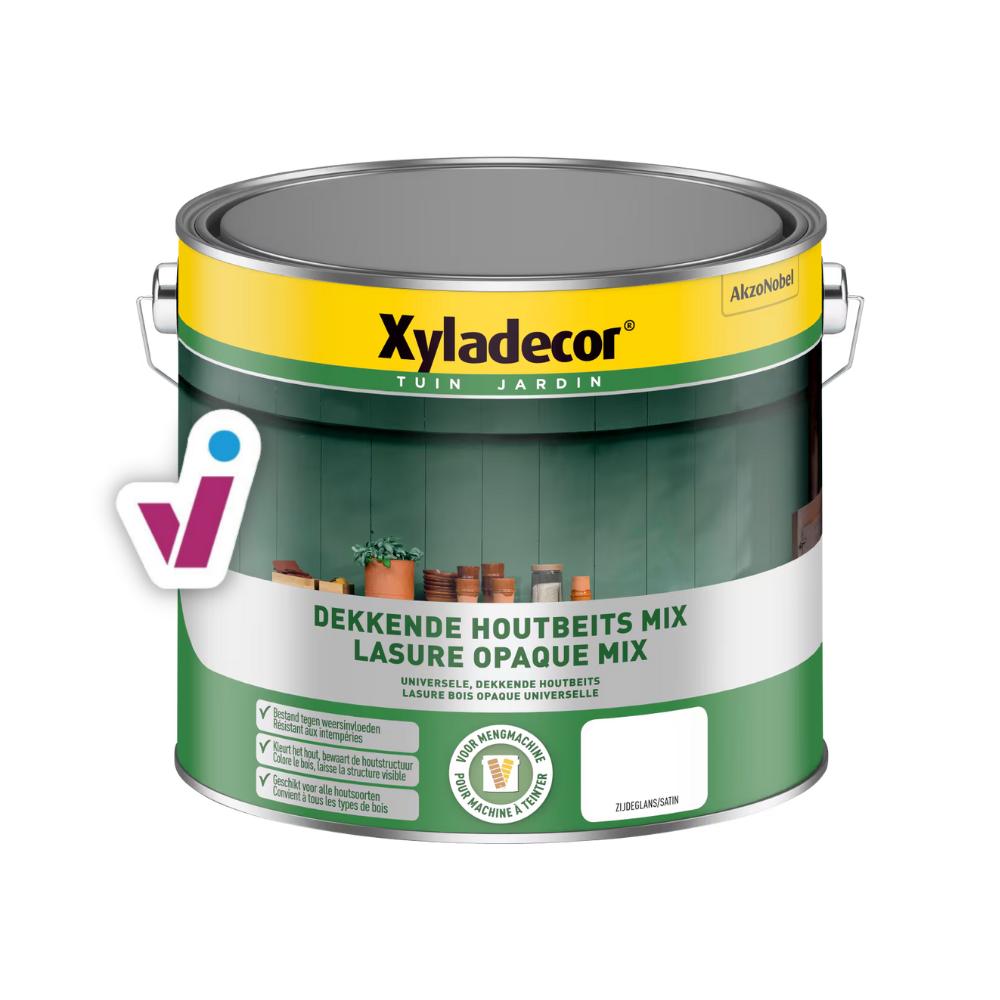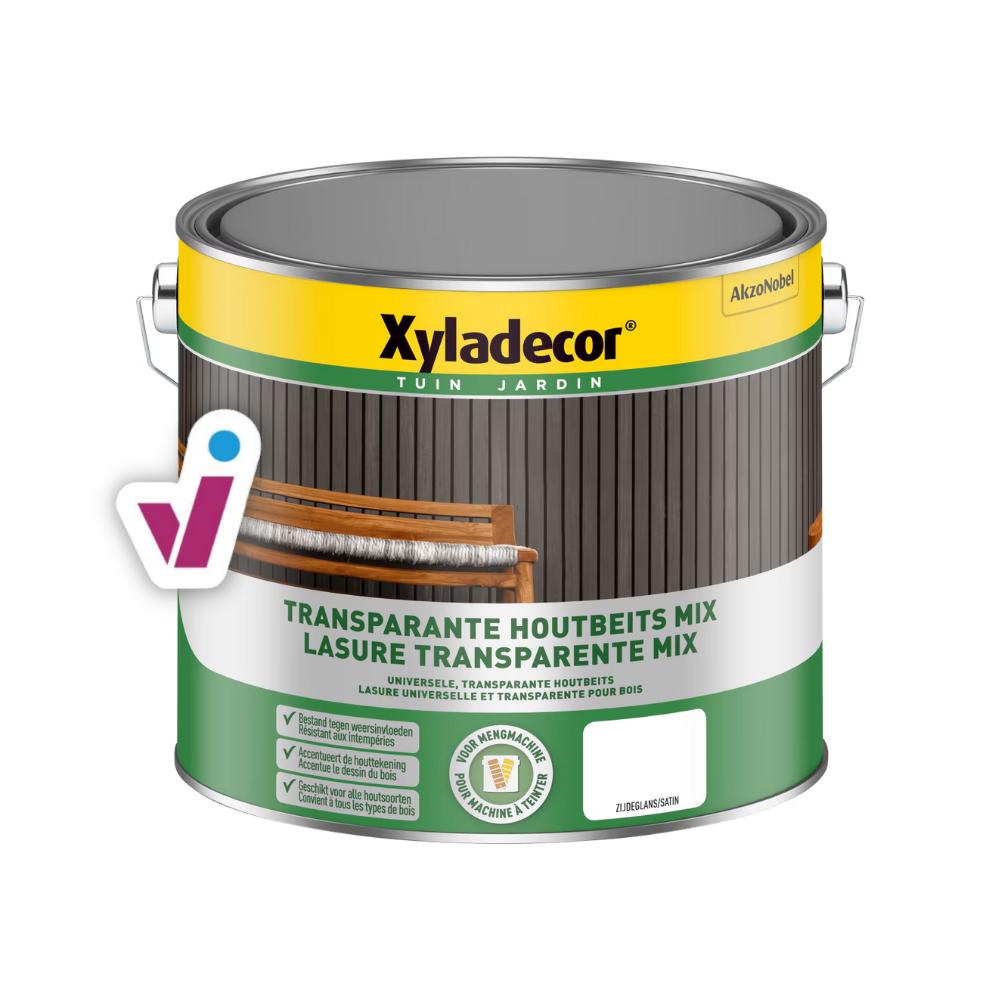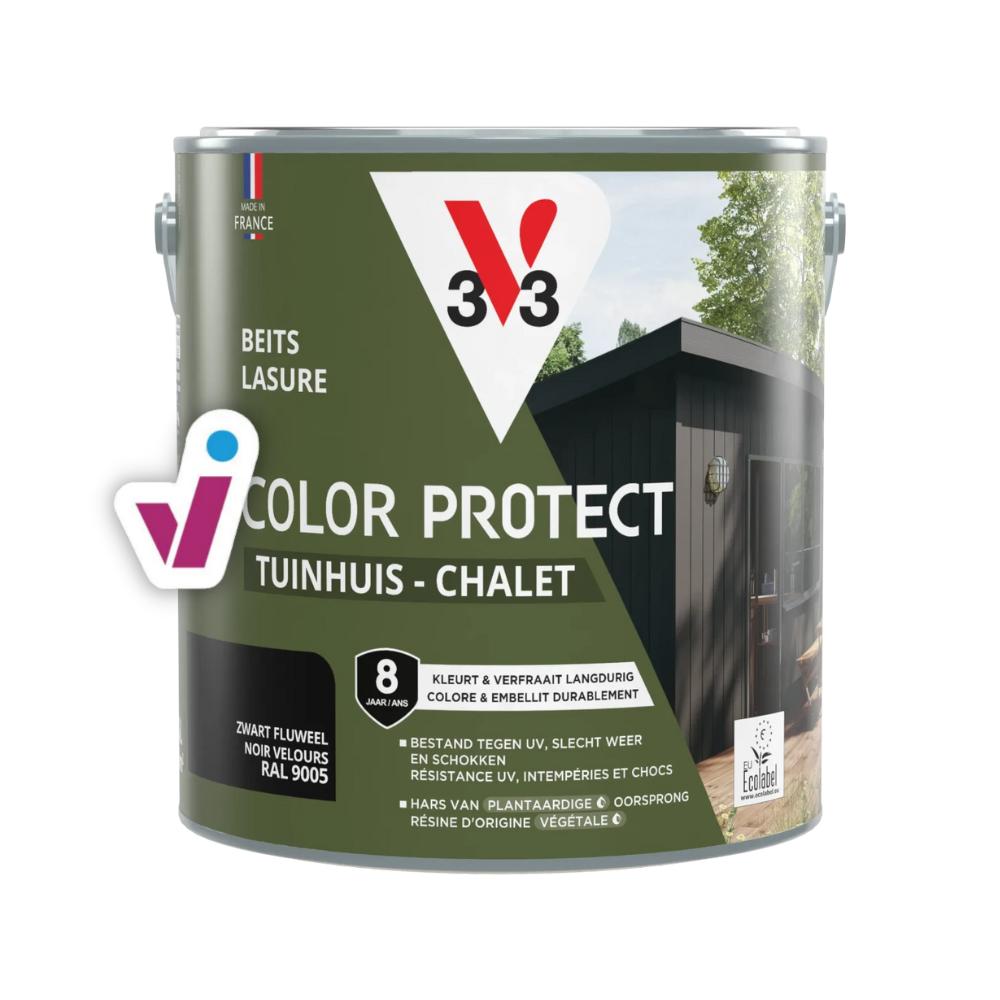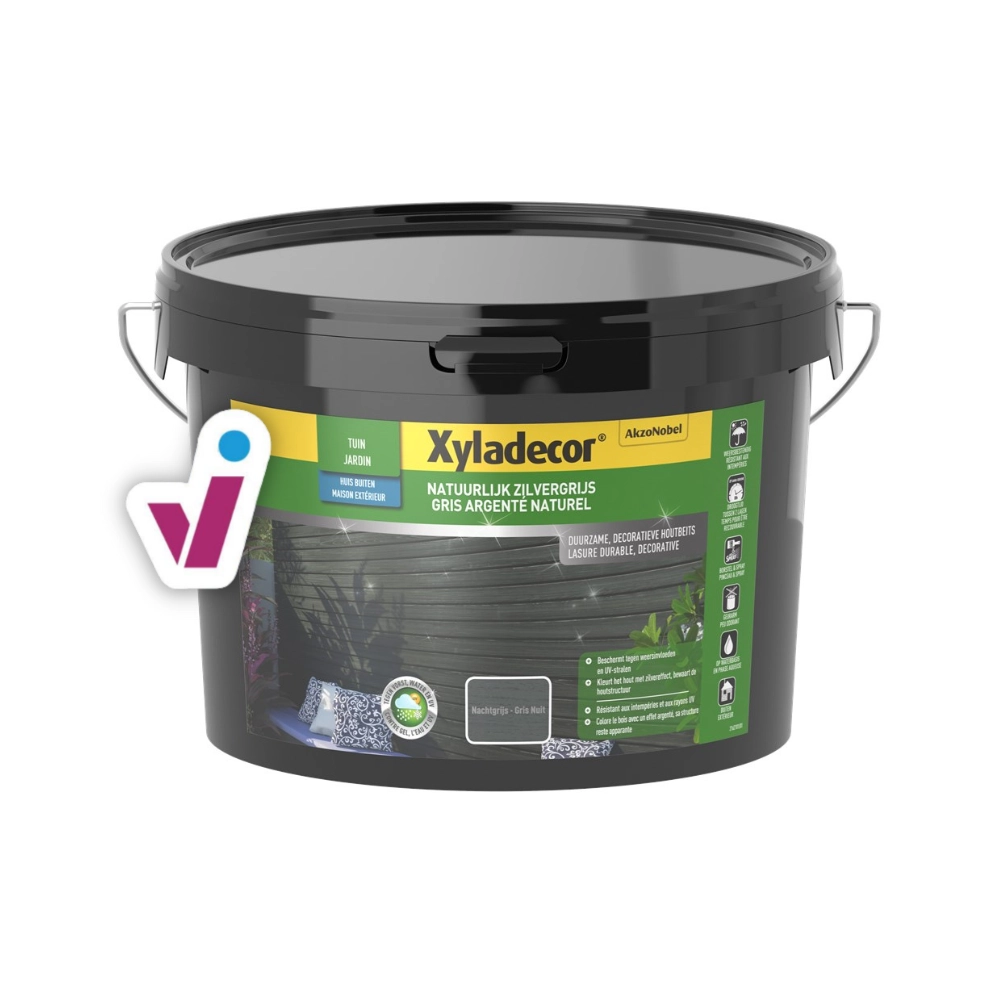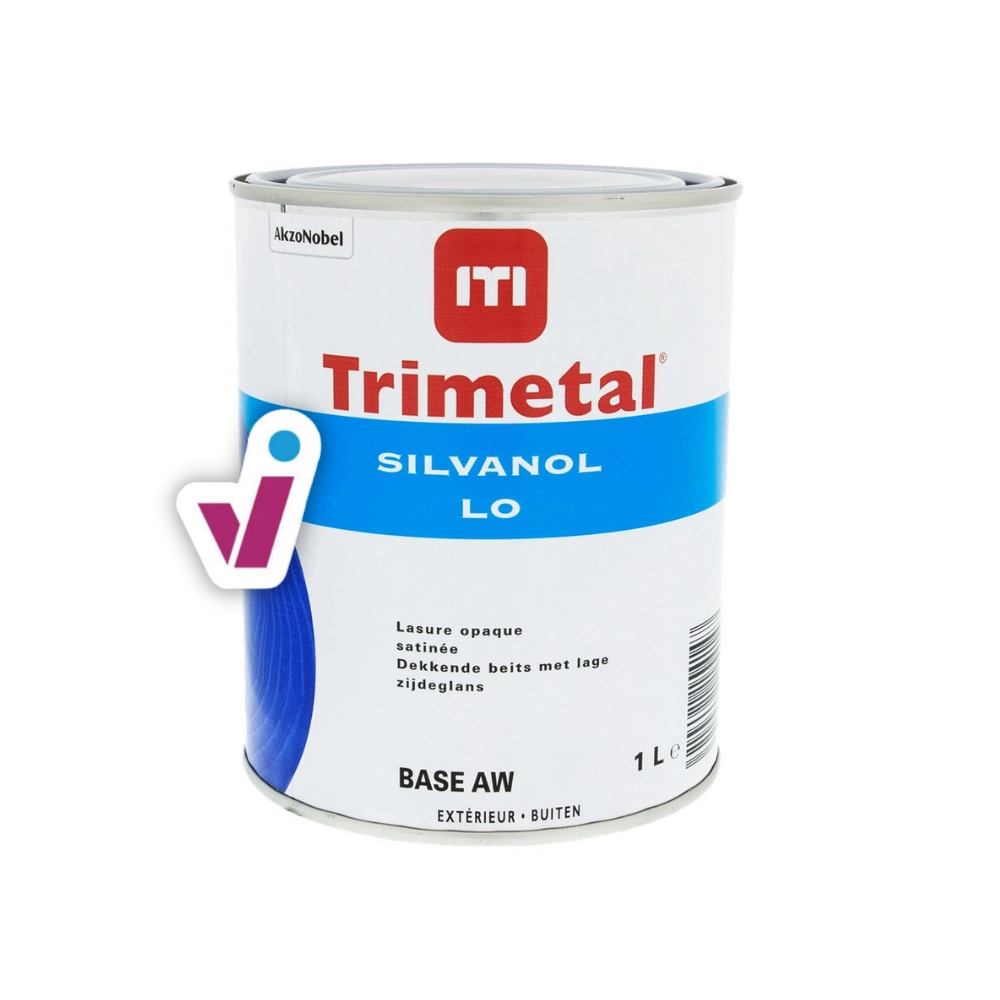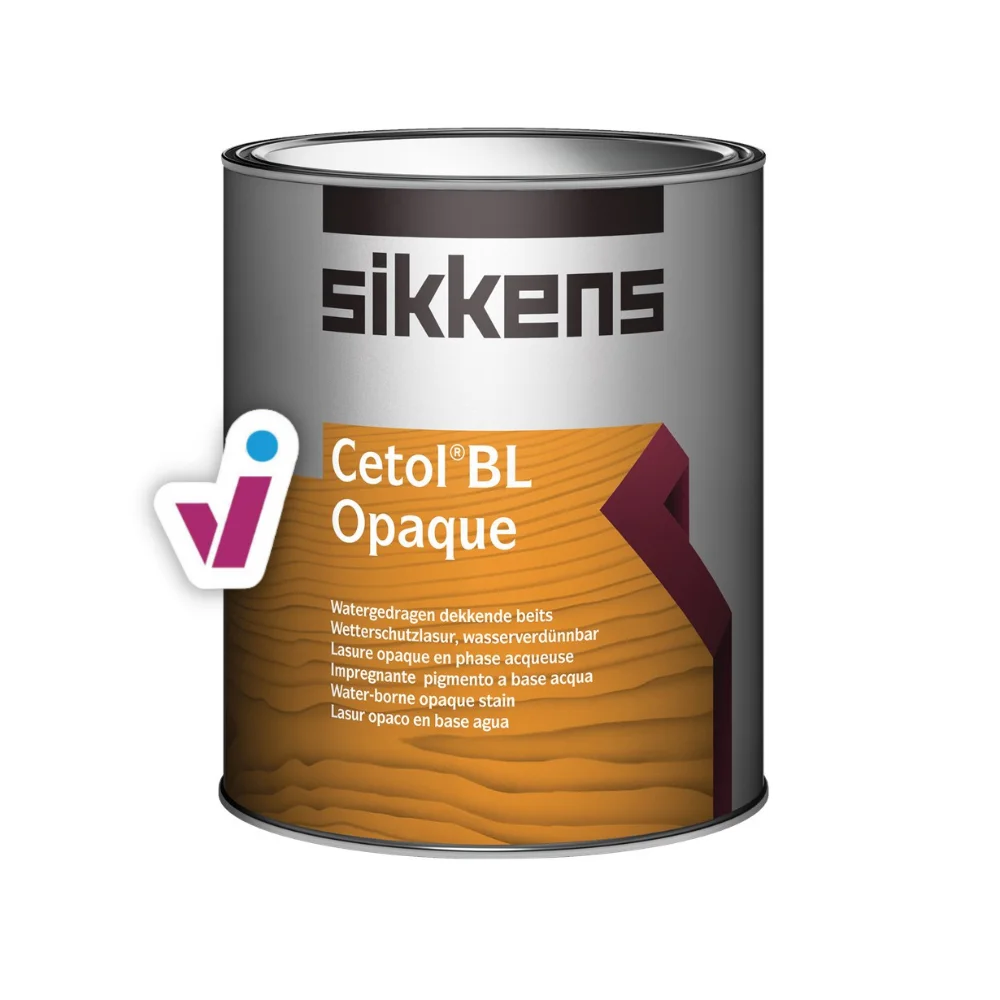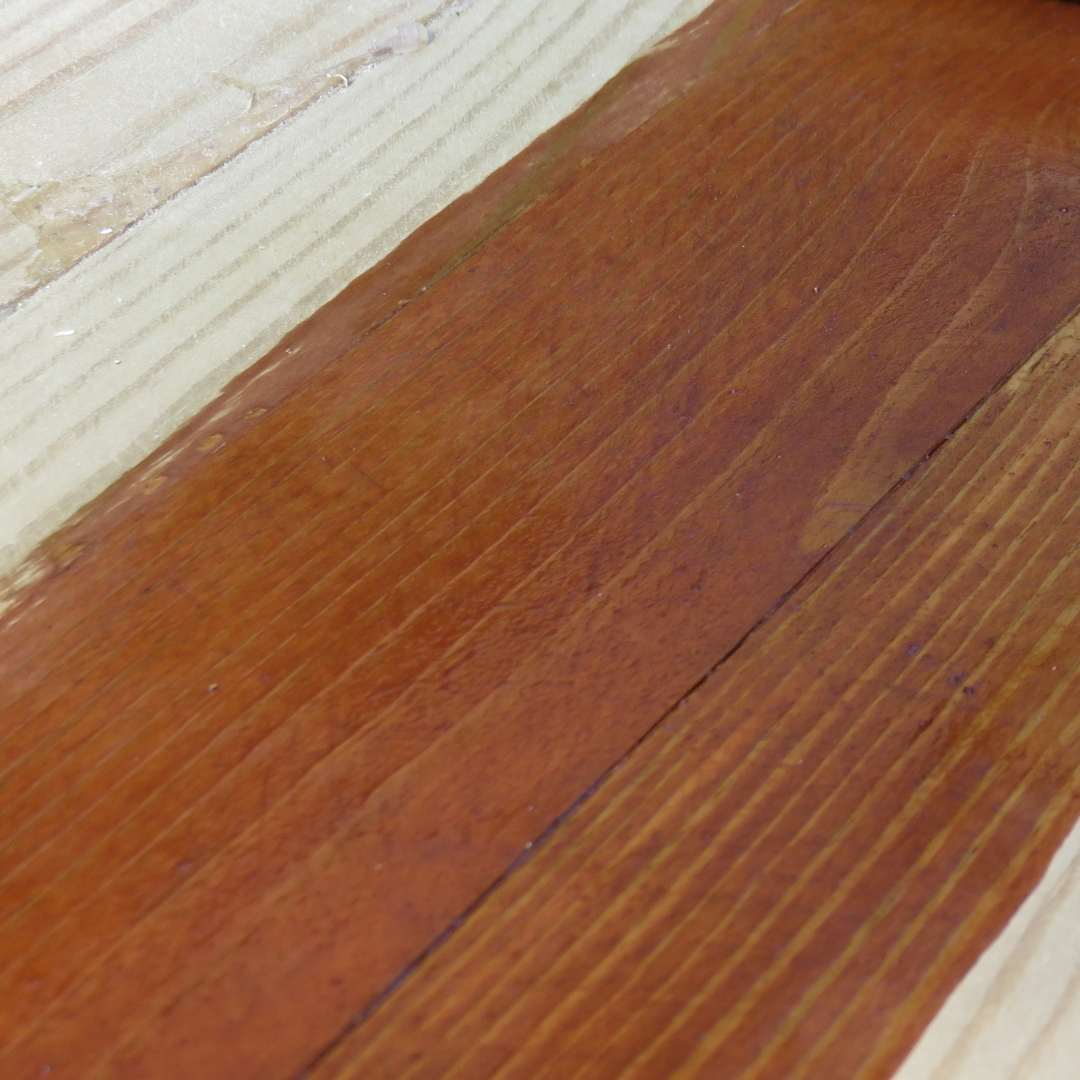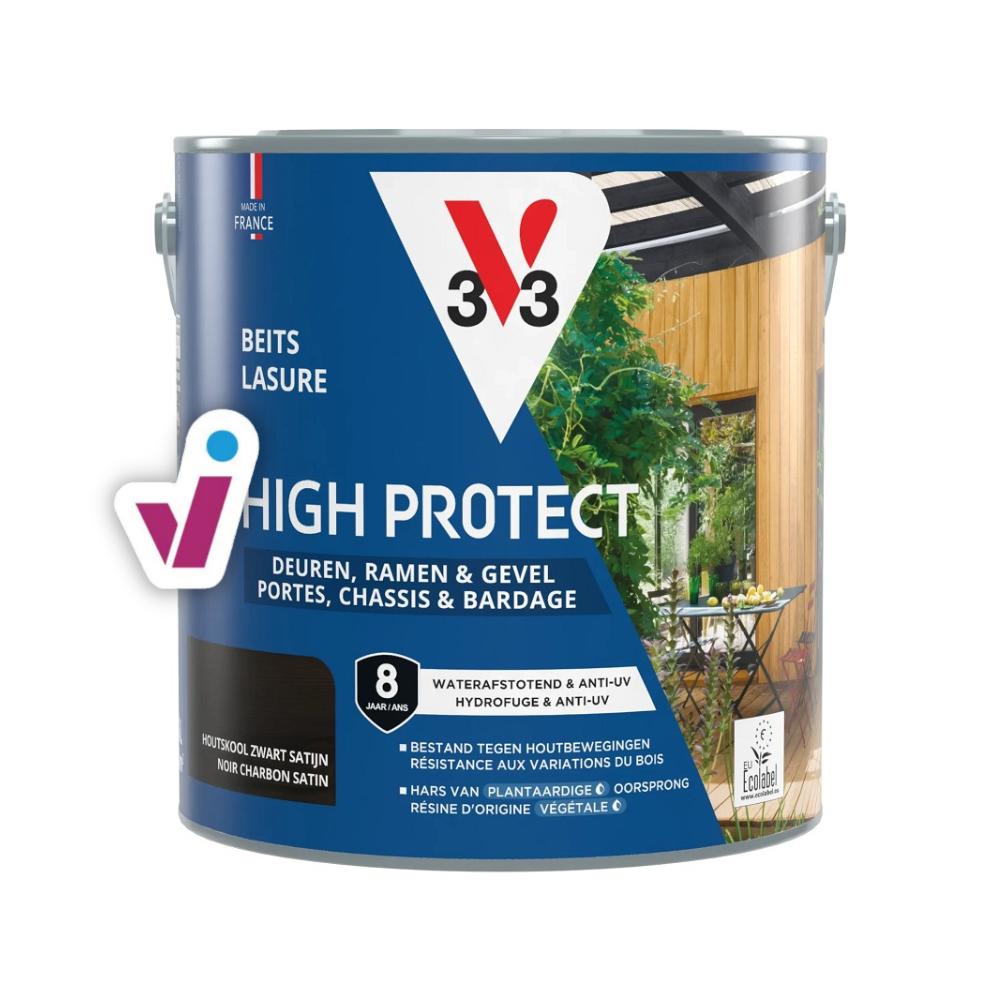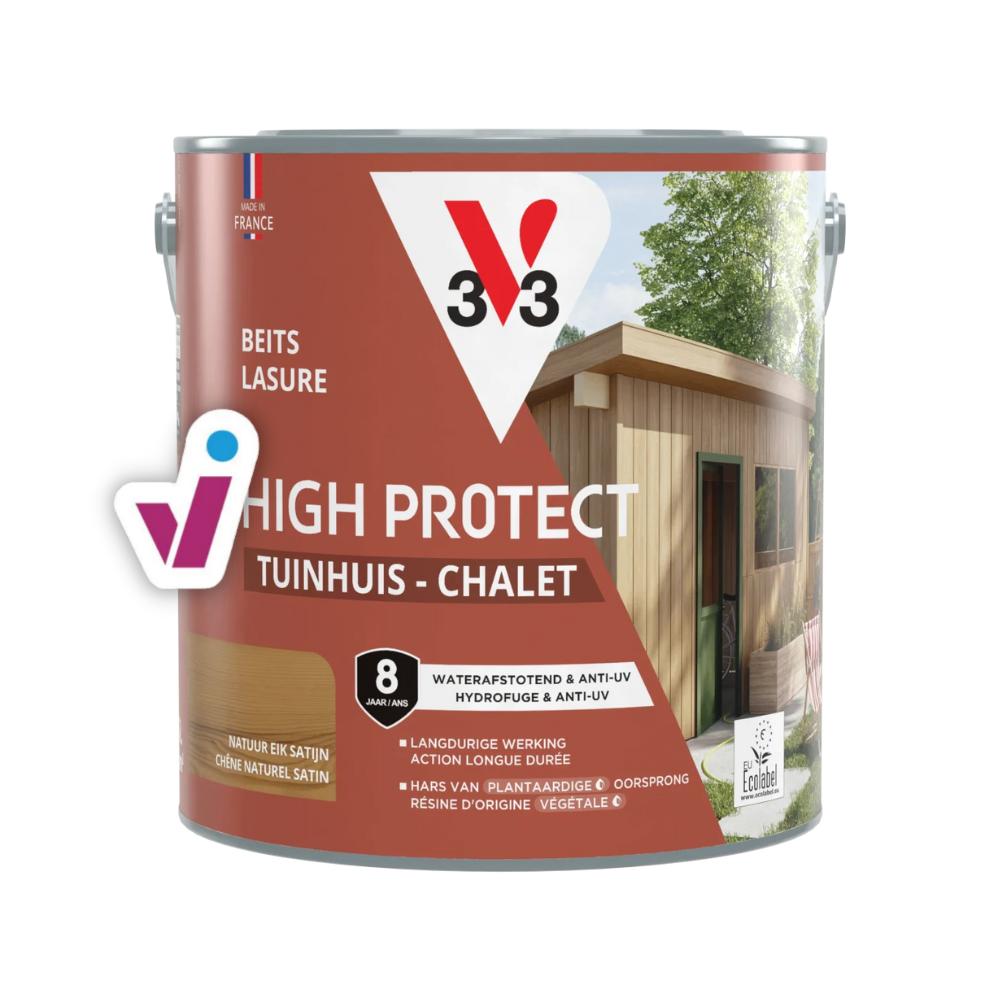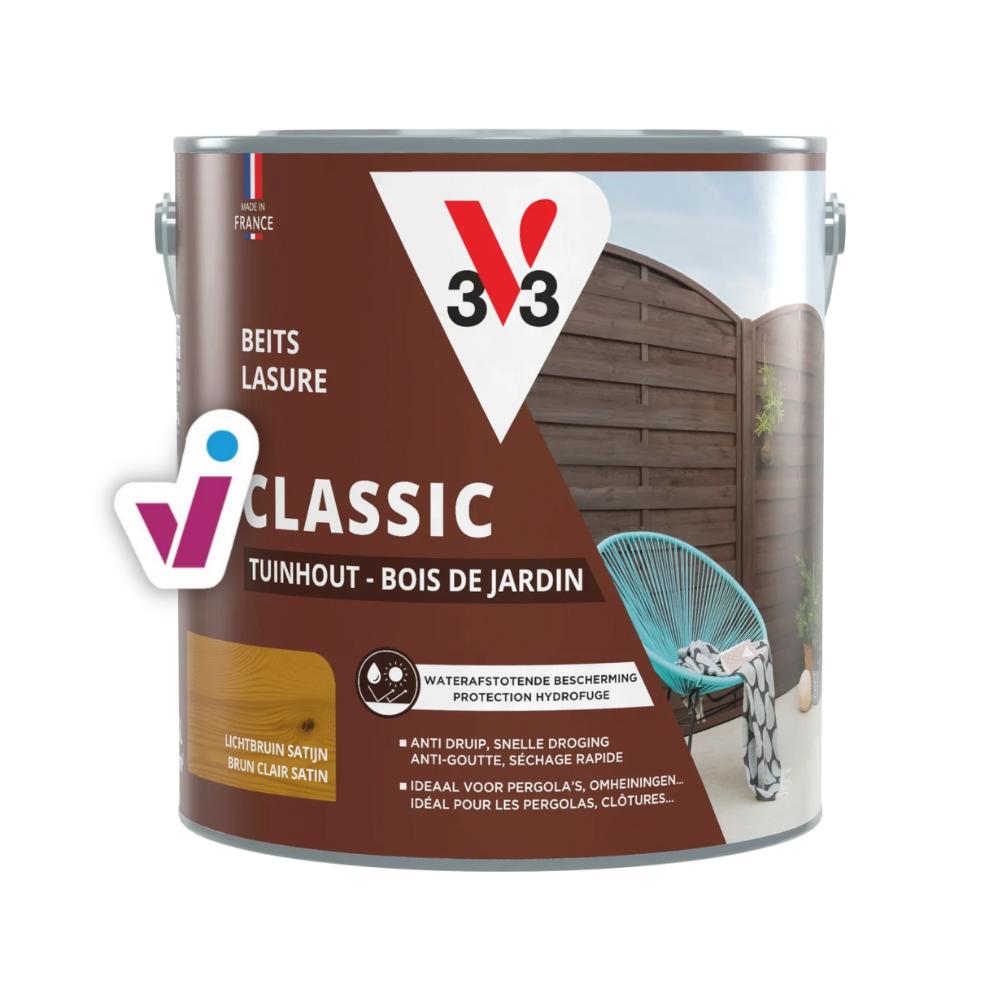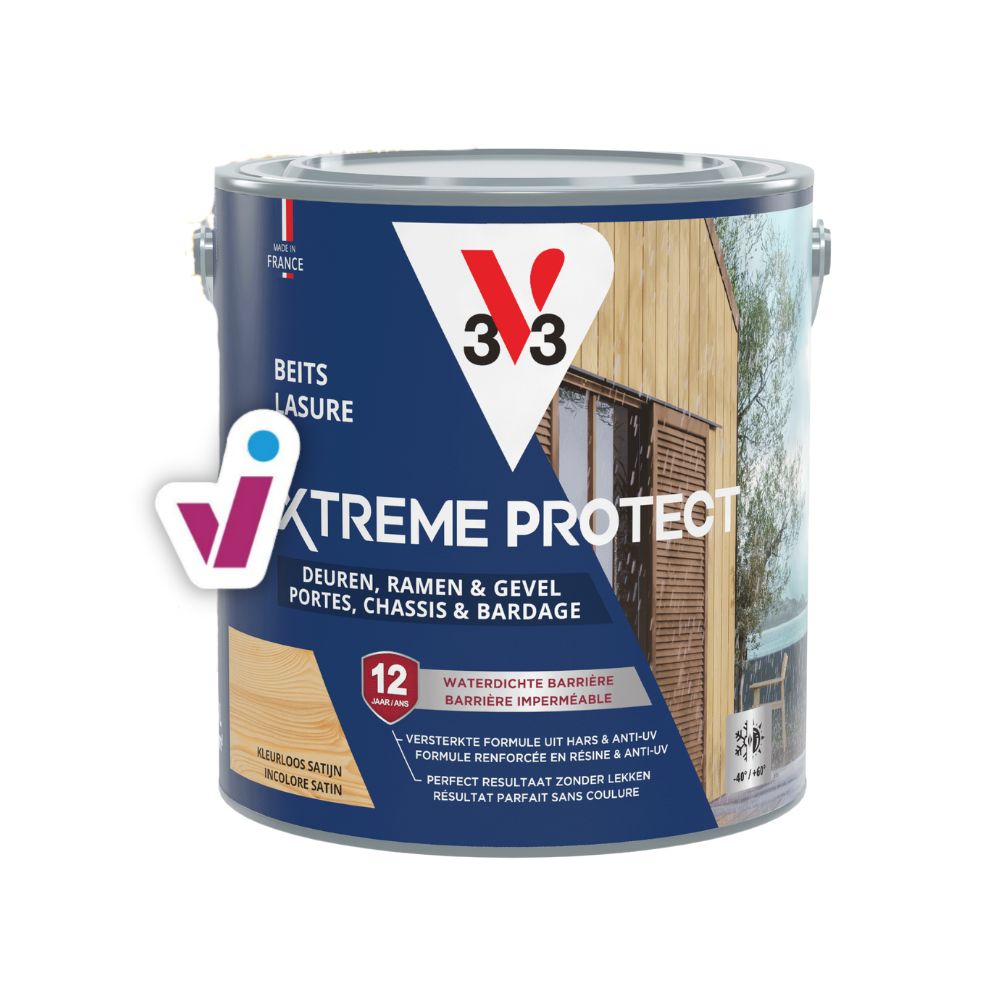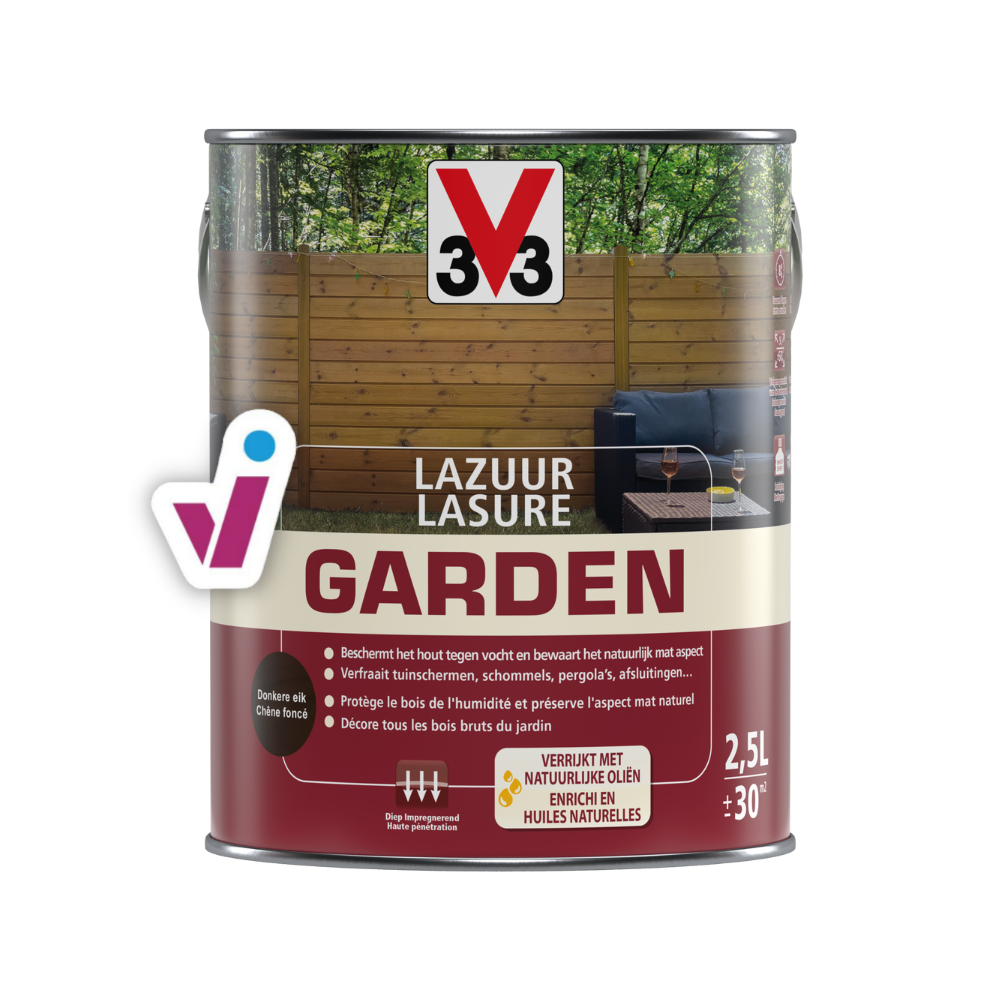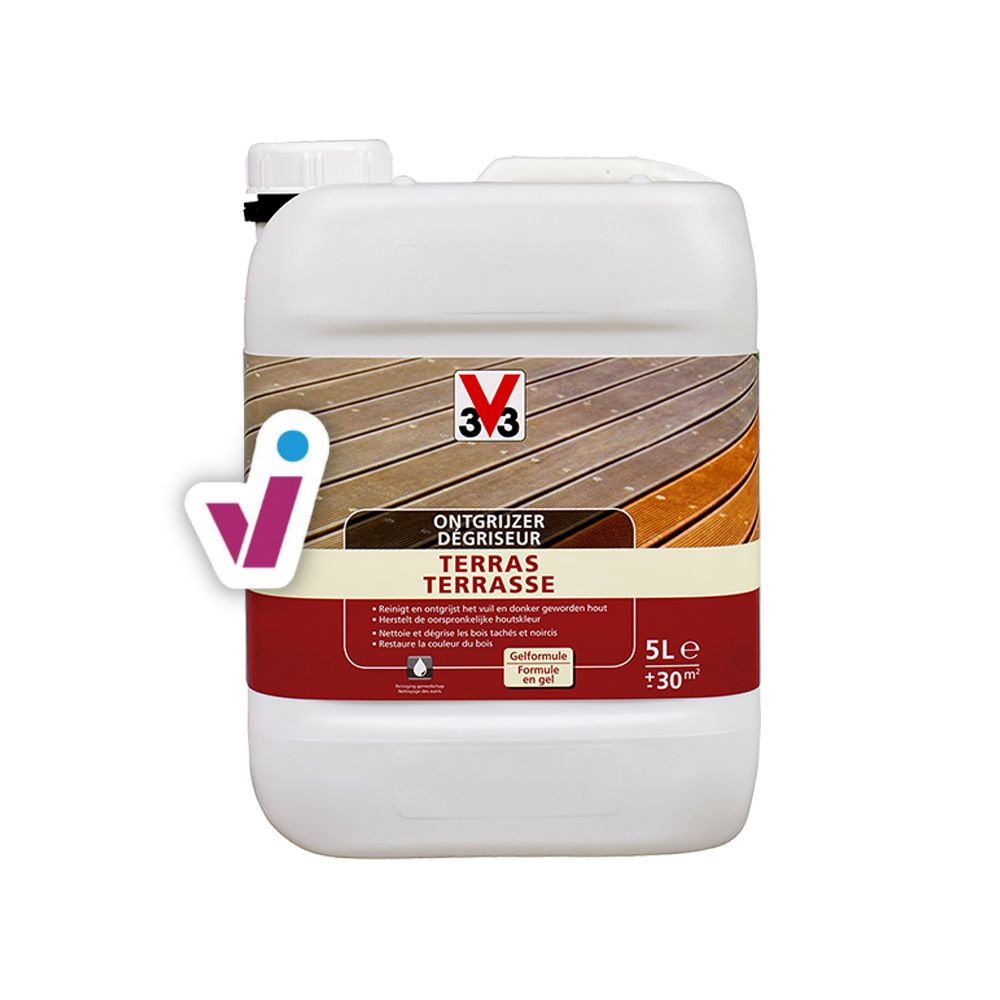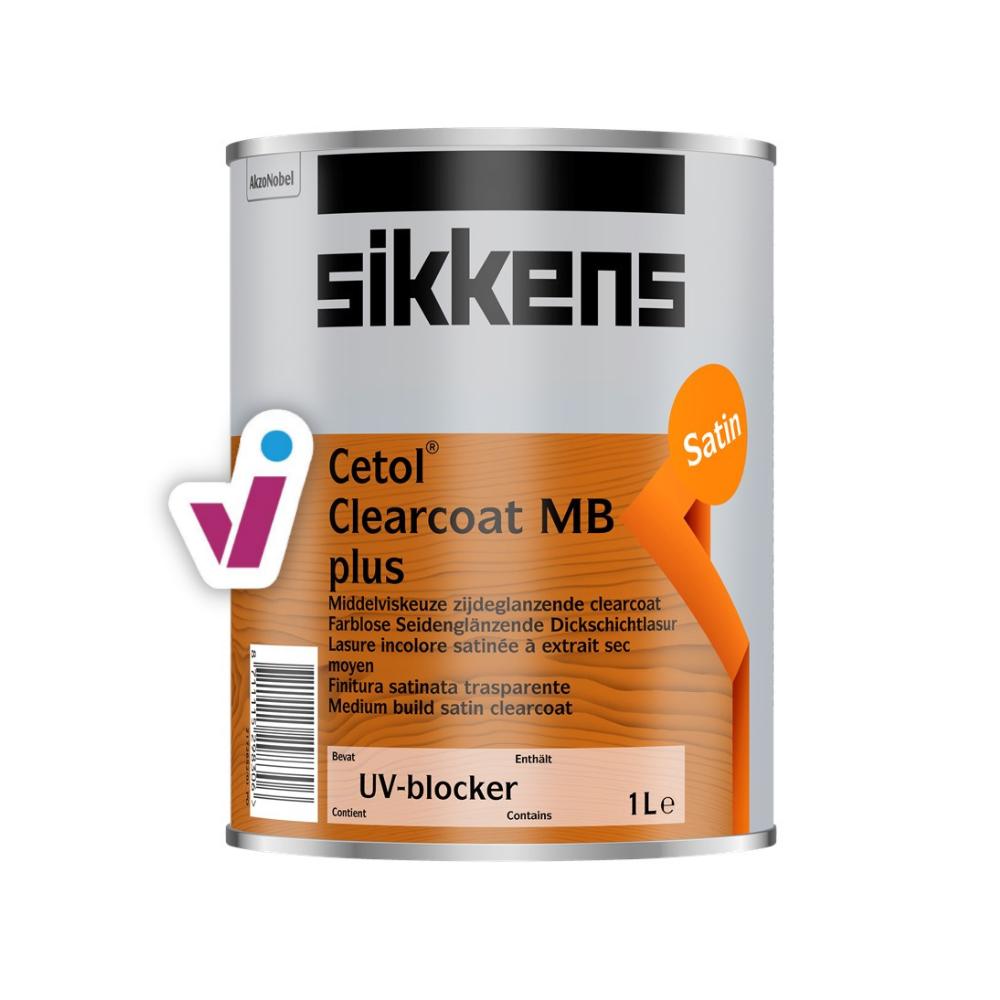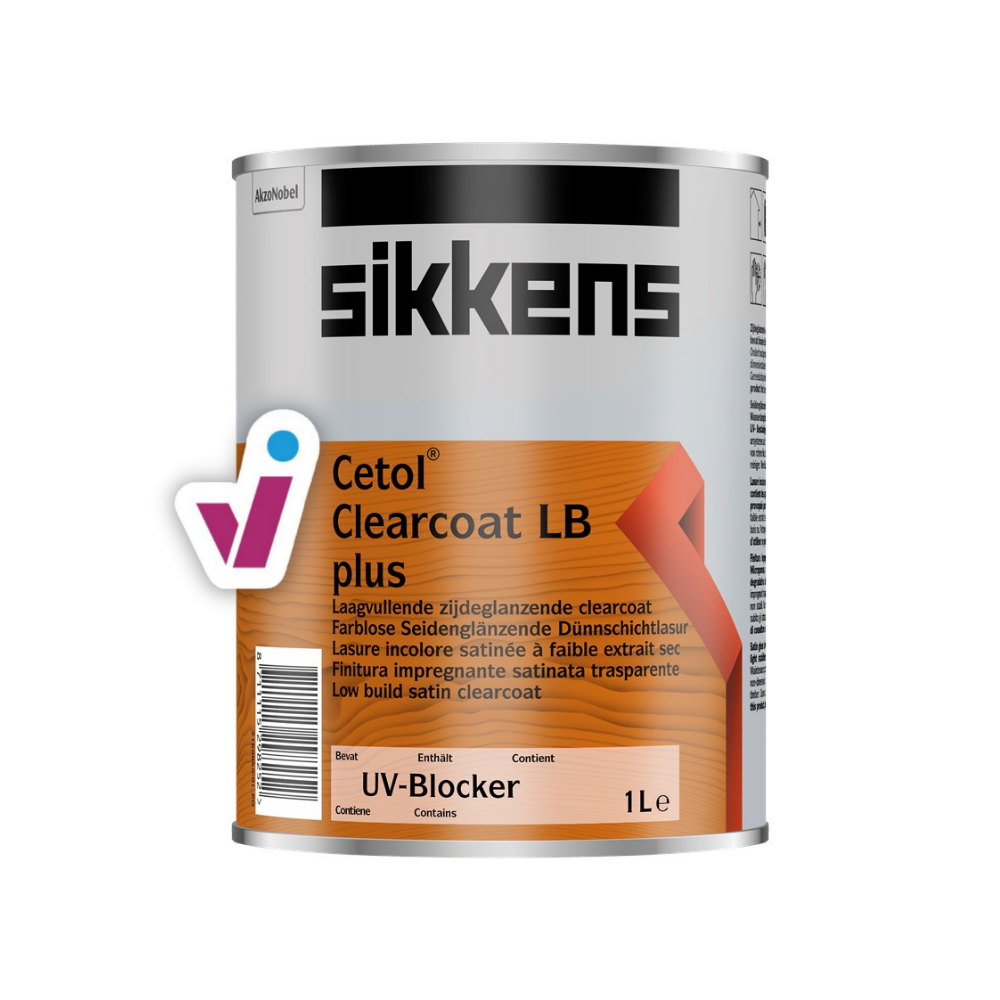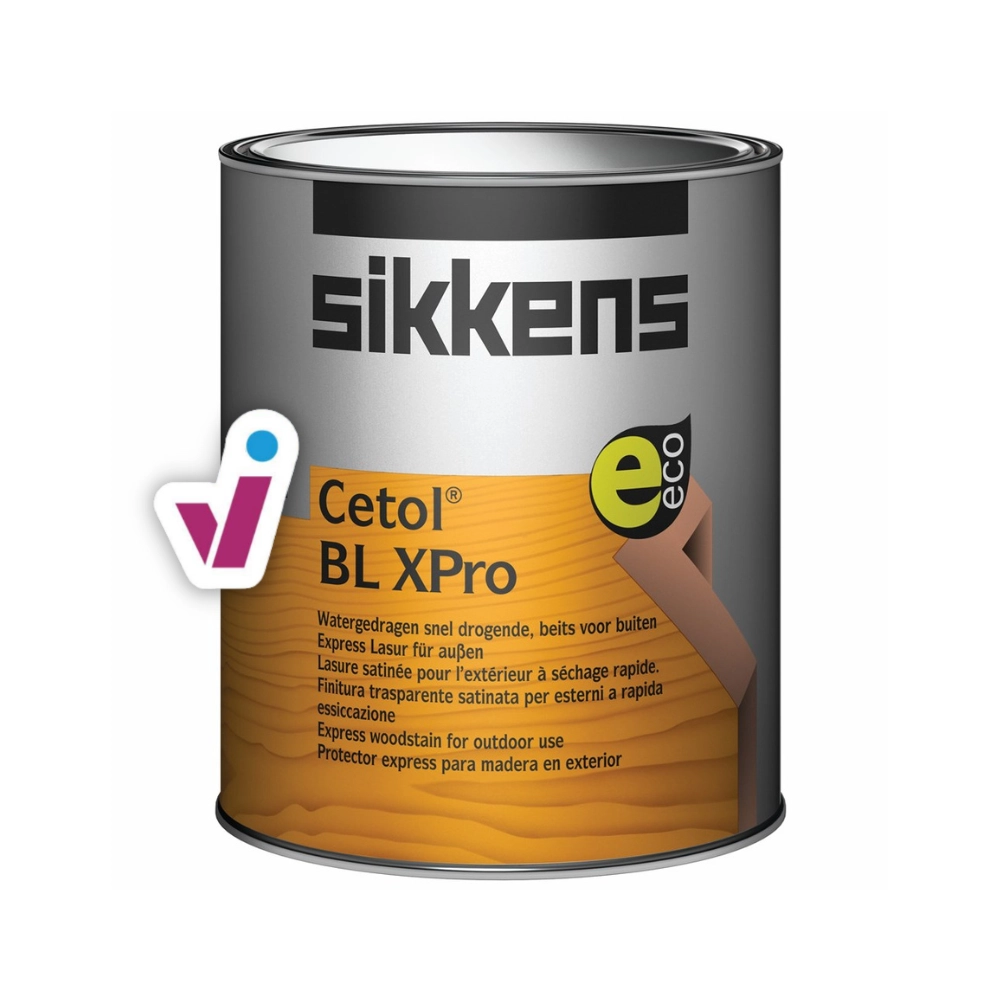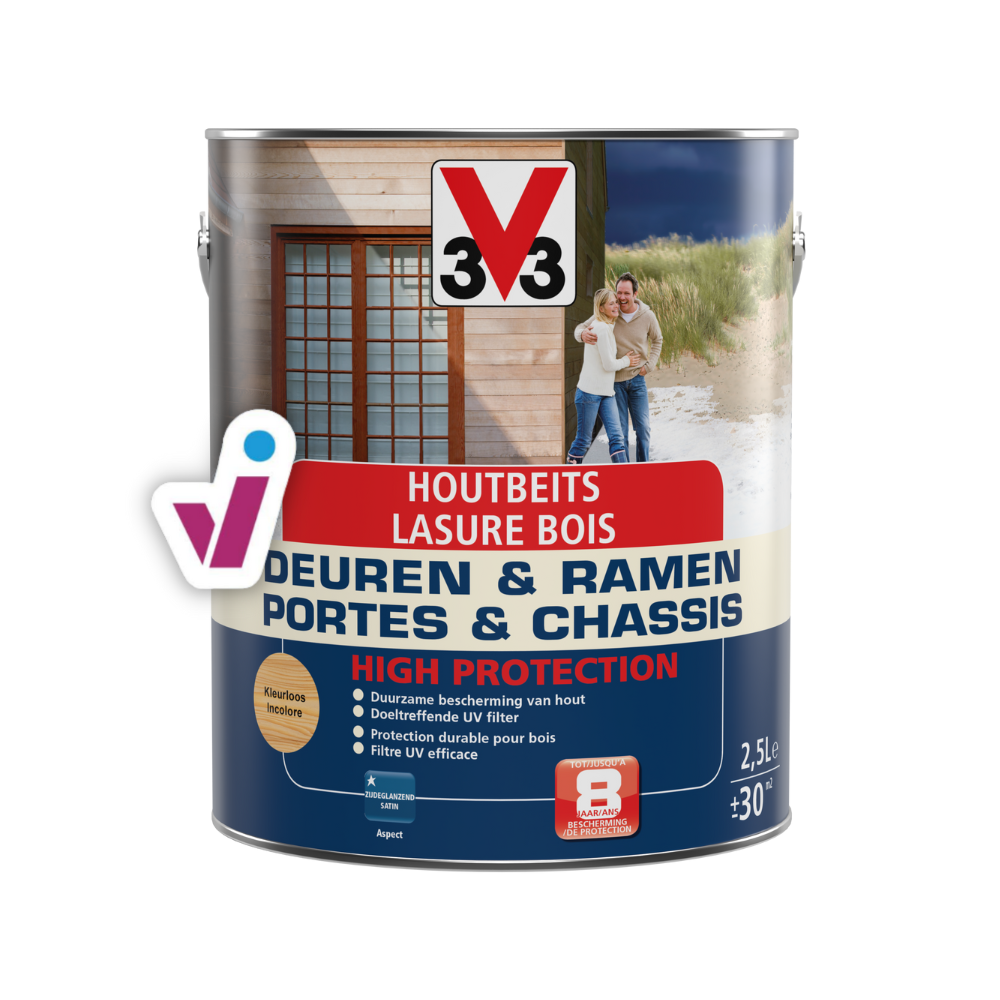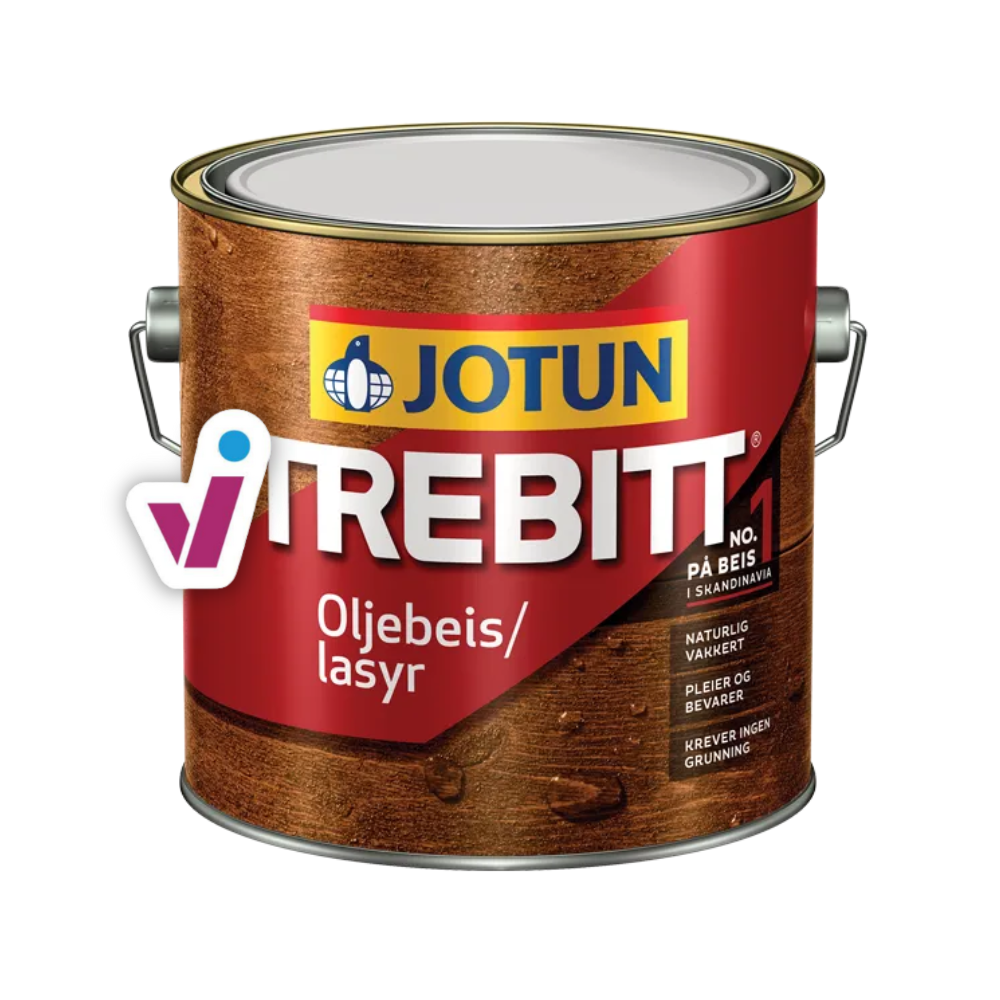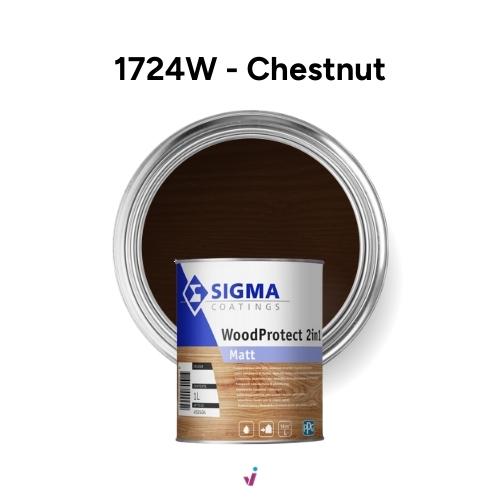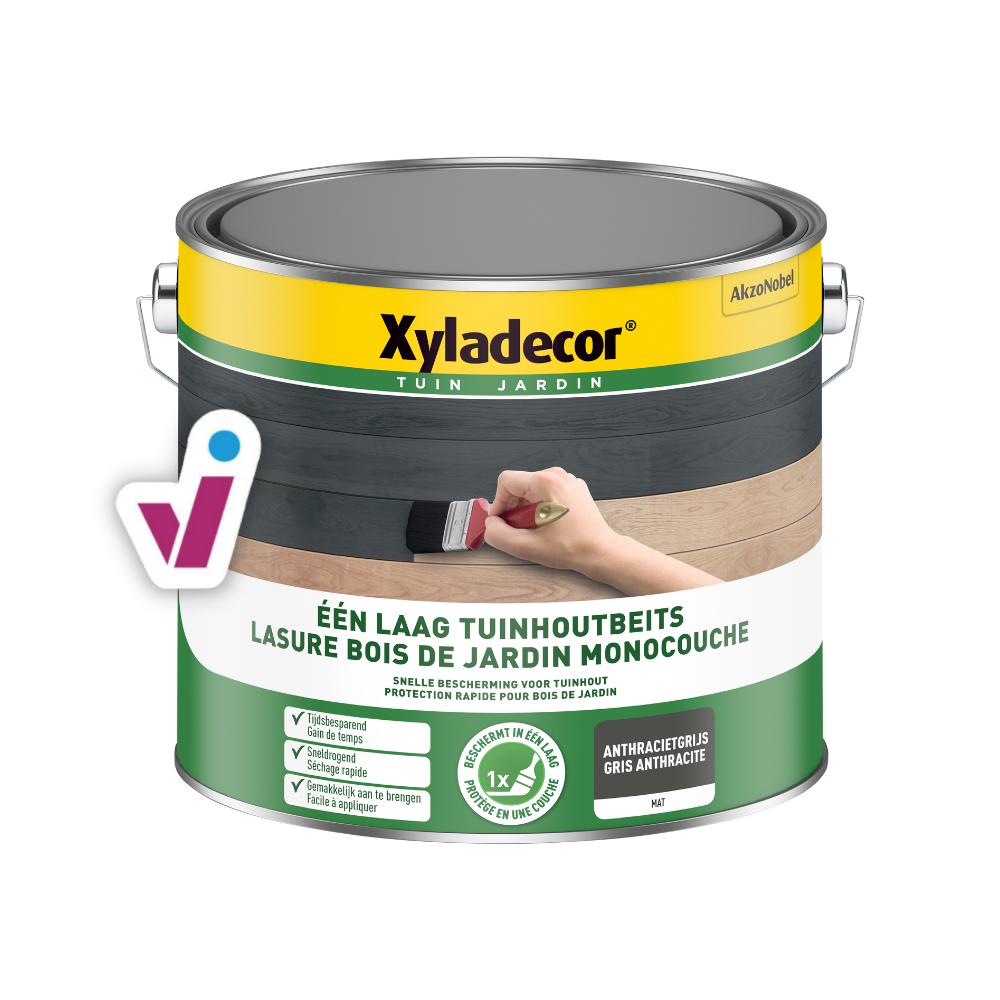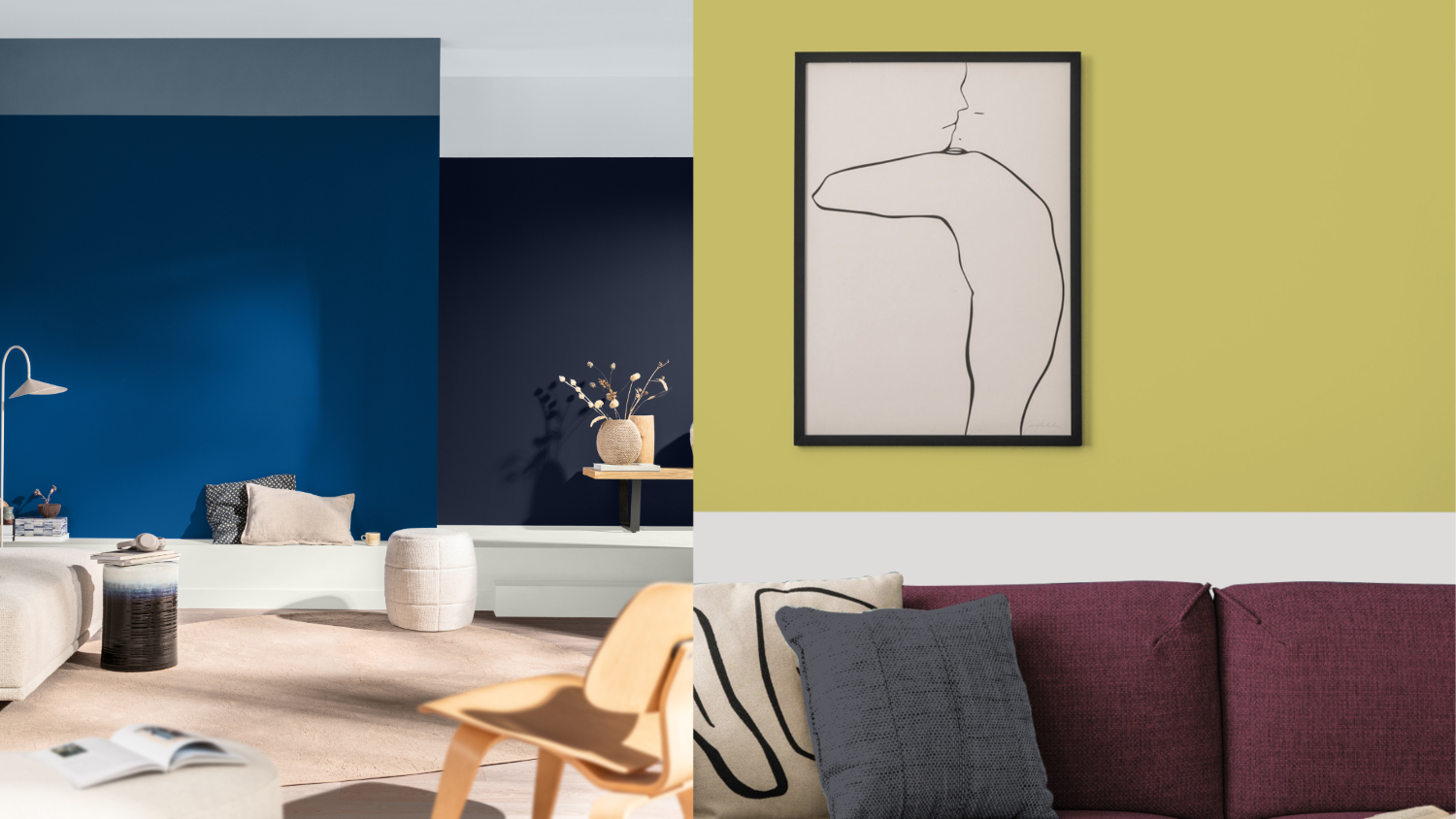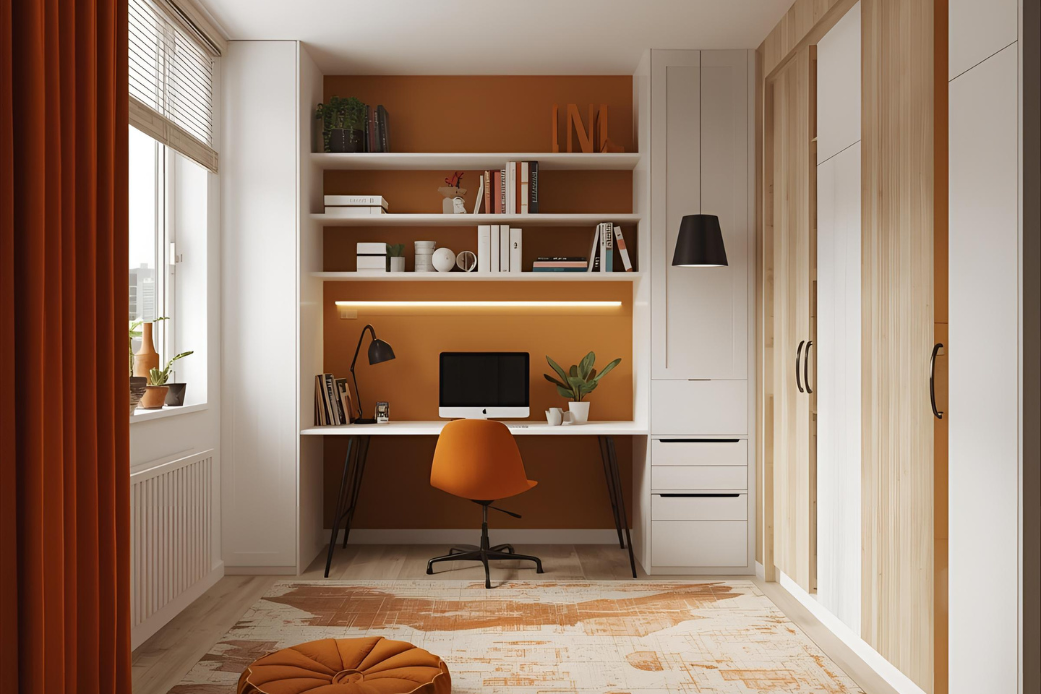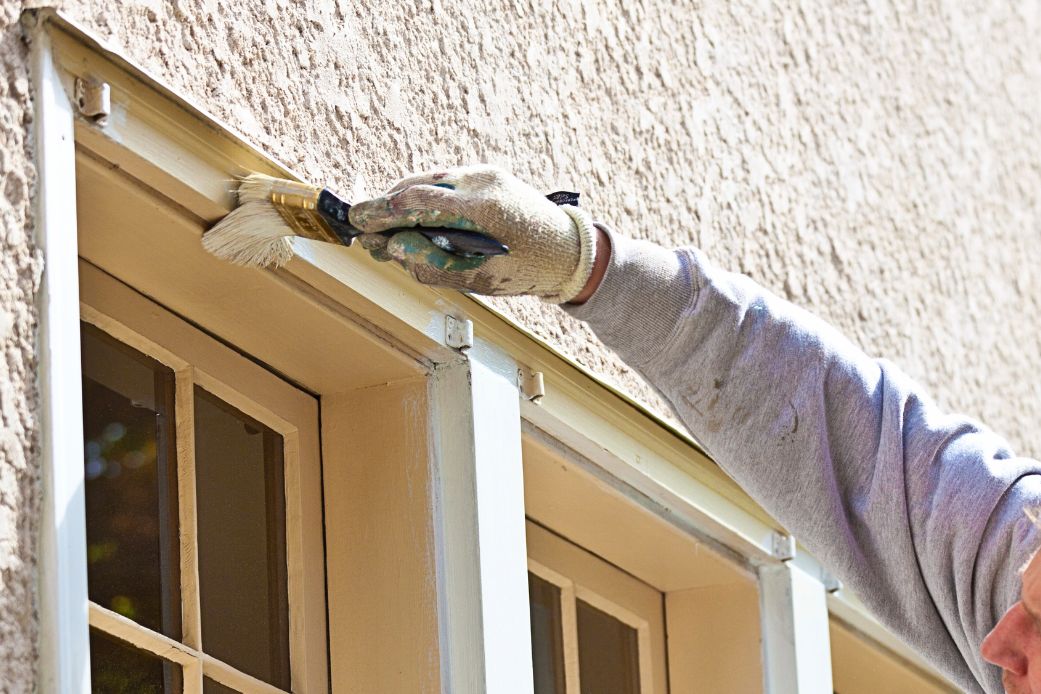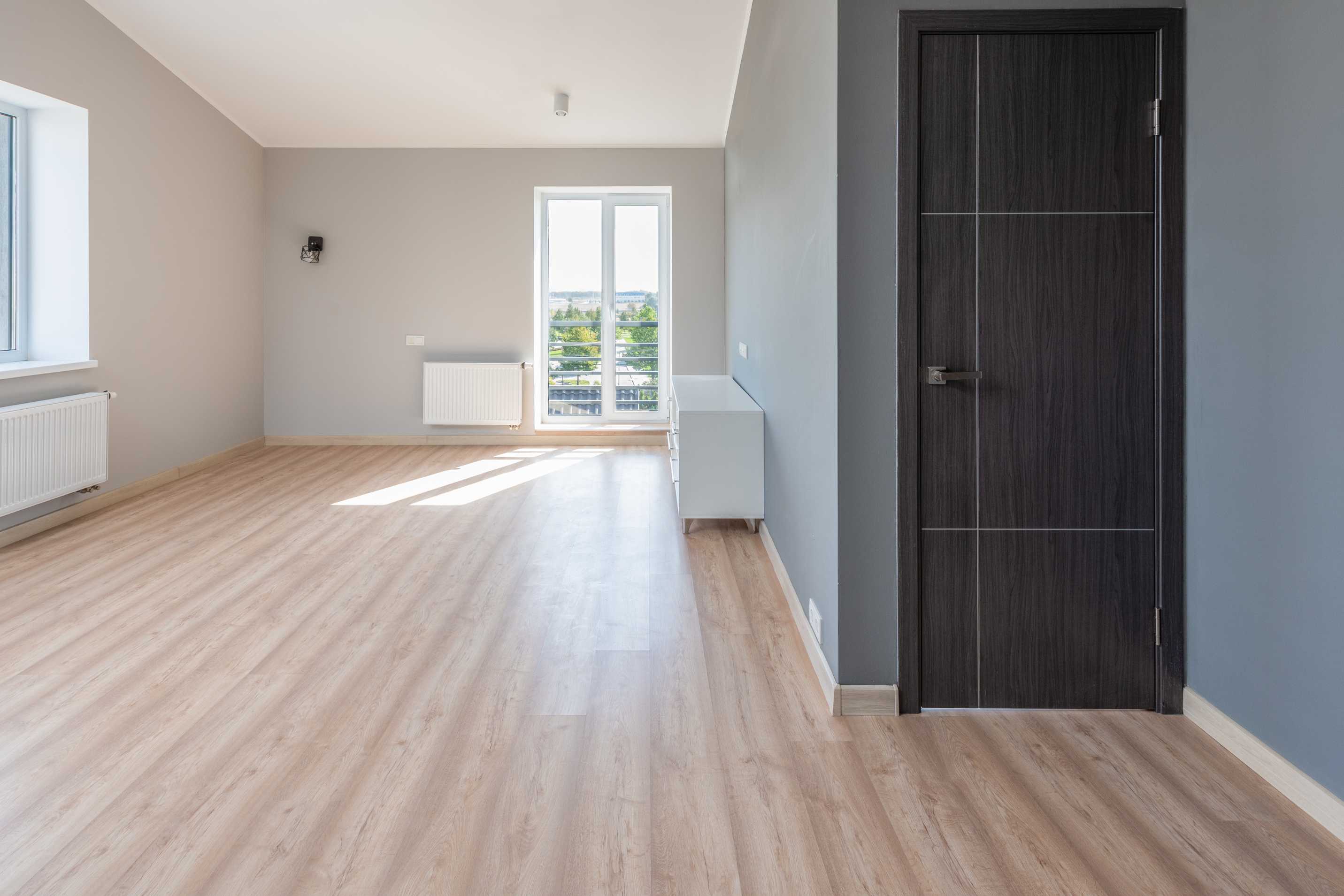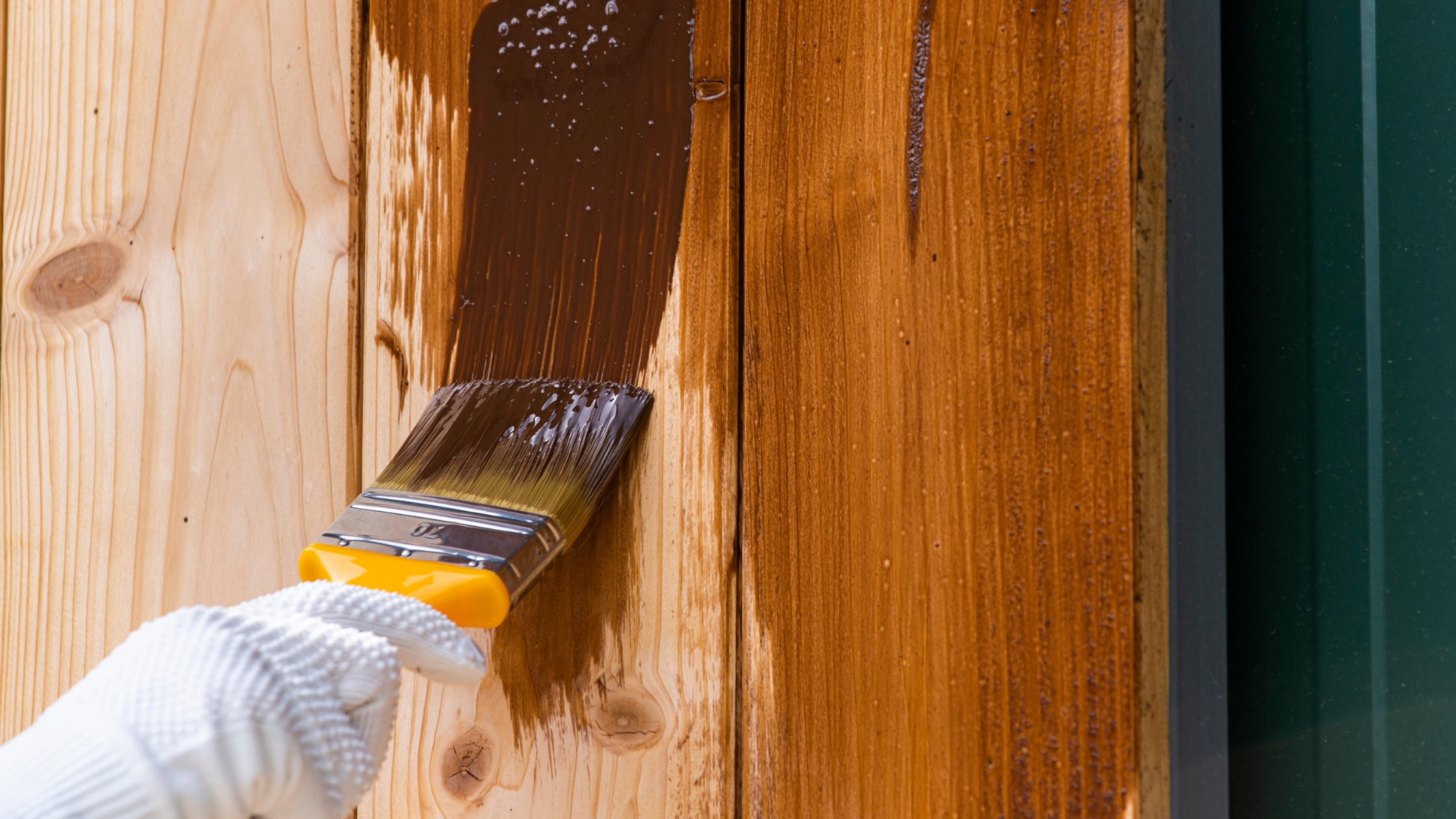
Choice overload: opaque or transparent stain, or something else?
To make sure you make the best choice for your wooden furniture, we clarify the differences between opaque stain, transparent stain and lacquer. We also explain which treatment is best for your furniture!
Opaque stains
What is an opaque stain?
With opaque stains, you can protect your wooden (garden) furniture and windows give them a new colour at the same time. This way, you can longer enjoy your wooden furniture and give it a fresh new look as well! Stain soaks into the wood, protecting it even better against moisture damage. An opaque stain ensures that the wood can still breathe. Thus, rain does not penetrate the wood, but the water vapour in the wood can evaporate. If you apply opaque stain to a wood structure, you will still see the grain of the wood through the paint, but only little colour differences. After treating your woodwork with opaque stain, the dark spots in your wood structure will look as light or dark as the rest of the surface.
What are the differences between opaque stain and lacquer?
Stain and lacquer both put a protective layer on the wood, but in a completely way. Stain partially penetrates the wood, giving it extra care and protection from the inside. In addition, stain also has a moisture-regulating effect and allows the wood to breathe.
Lacquer does not really penetrate the wood and seals the wood surface. Since lacquer does not let moisture through, we do not recommend lacquering garden furniture. You will achieve a prettier and more durable result with an opaque stain.
When choosing between staining or lacquering, you should keep in mind that there exist two types of wood: dimensionally stable wood and non-dimensionally stable wood. Dimensionally stable wood is fixed in a structure, such as a house. Think of windows and doors. Non-dimensional wood is separate from a construction, such as garden poles, benches and tables. The two different types of wood should therefore be treated in different ways. It is best to use lacquer for dimensionally stable wood and stain for non-dimensionally stable wood.
Transparent stains
What is a transparent stain?
Transparent stains put a coloured filter on your surface. As with opaque stain, the grain and structure of the wood remain visible. Even colour differences that could be seen in the wood beforehand, are still visible, which is not the case with opaque stain. With transparent stain, there is a sort of coloured layer on top of the wood structure, as you can see in the photo below.
In addition, like opaque stain, transparent stain is always permeable to water vapour. In some cases, this vapour permeability is necessary, for instance when there is still moisture in the wood. Before applying a new coat of paint, the moisture in the wood must first be evaporated. If you paint your wood with lacquer paint, the evaporation is no longer possible.
What is the difference between varnish and transparent stain?
Whereas there is very little difference with oil, the difference between transparent stain and varnish is much greater. You can compare the difference a little with an opaque stain versus a varnish.
Transparent stain penetrates the wood and protects it from humidity, insects, mould and UV rays and allows the wood to breathe, making it better to use for exterior woodwork.
Varnish forms a transparent and hard layer on the wood. It mainly protects a substrate or an existing paint layer from stains, wear, scratches and moisture. Because varnish completely seals the wood, we do not recommend using it outdoors, unless if you use a special varnish such as yacht varnish.
Do you still have questions about what exactly to use for your wood? Or are you still in doubt about which paint, varnish or stain to use? Feel free to contact our experts.


